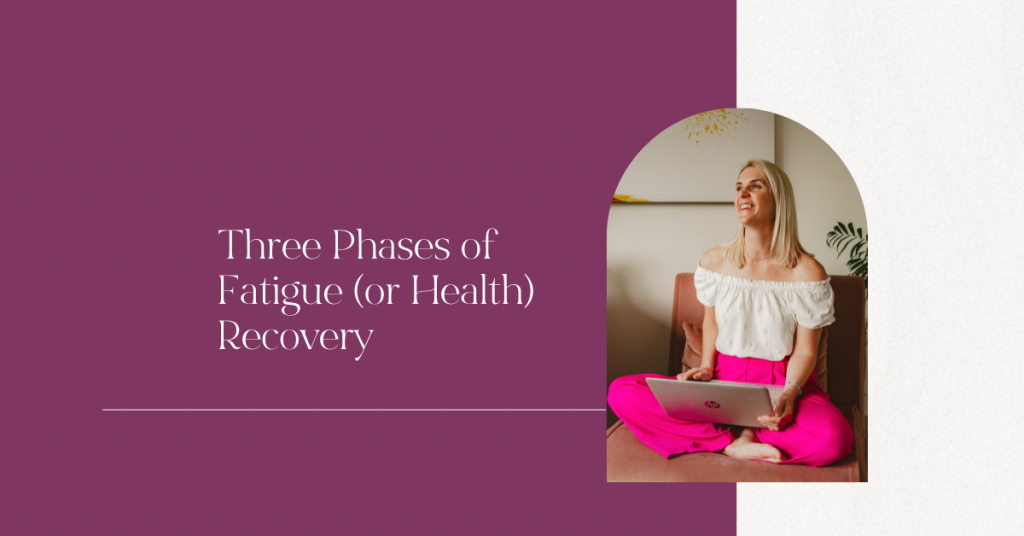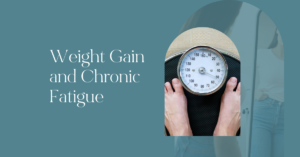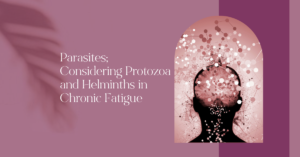Watch the video or read the text…
My own experience with burnout and chronic fatigue has led me down the path of helping other women who are experiencing something similar. This something similar doesn’t necessarily mean chronic fatigue itself, but in my experience, fatigue often comes hand in hand with other health conditions and all chronic illness can cause life changing loss of health that requires we relearn how we to “do life” and care for ourselves.
Solid foundations are essential to the stability of any structure. The taller the tree, the deeper the roots.
As you rebuild your health and self care, solid foundations are essential to long term success.
If you want to create more energy and wellness in your life, do the things you want to do, the things that bring you the most love and joy, this is a brief summary of my formula for success.
- Regulation
- Healing
- Growth
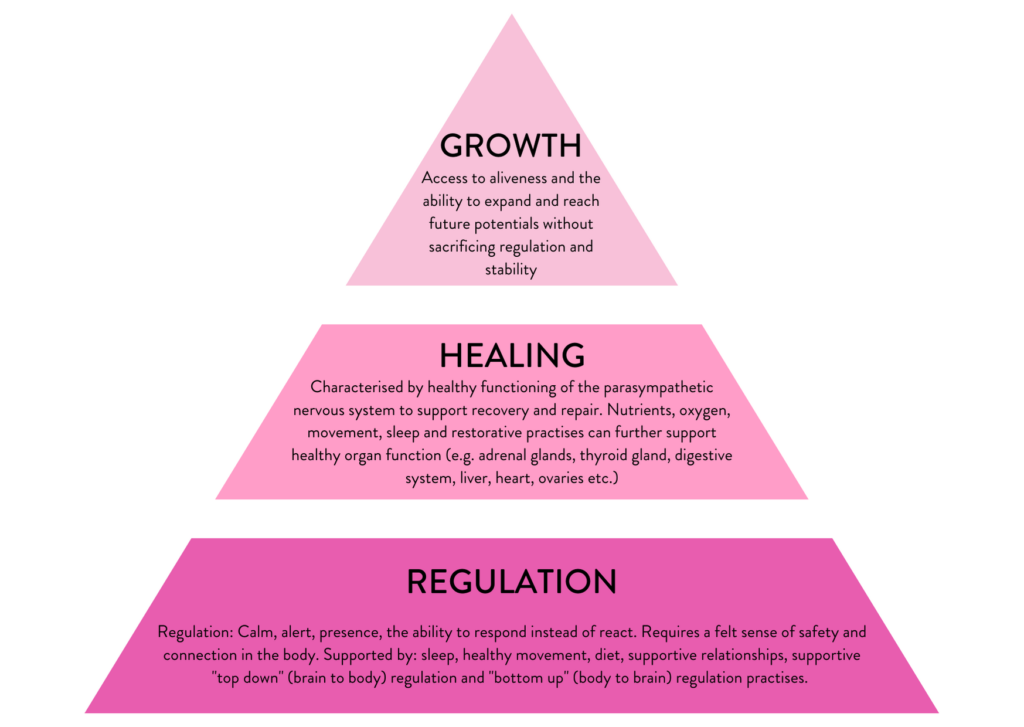
I typically work with women who are often achieving in their lives and yet their experience of life is one of surviving and not thriving.
We live in a world where cultural conditioning rewards achievement, progress, more money, a better job, working harder, and essentially, growth (Even our economy is built on it!).
Our ability to do better, be better and perform better often comes hand in hand with self worth and when there is a strong emphasis on more, more, more… it is easy to take our focus away from what sustains us.
Often burnout, fatigue and “dis-ease”, whether that be a chronic health condition, autoimmunity, digestive complaints, hormone imbalances or something else, are the collateral damage created when this “more, more, more” model is built on shaky ground.
The shaky ground is a nervous system which is dysregulated.
One of my mentors said to me recently:
Our nervous system experiences more activation in one day, than our ancestors would have experienced in a year
(I’m not sure if this is factually accurate but it illustrates the point).
No one teaches us about our nervous systems in school. More importantly, no one teaches us how we can keep ourselves regulated and well. You are lucky and priviledged if you land yourself in a set of life-conditions which is conducive to the natural ability to self regulate.
Many of us, from an early age, have our unique collection of possibly traumatic experiences and chronic stress. Most of us muddle our way through, just finding the best way to cope with the resources we have available at the time.
A dysregulated nervous system ultimately means we lose the ability to respond appropriately to any given situation. It is the difference between being calm, present and responsive, compared to being disconnected, numb or reactive. This can show up as feeling overwhelmed, out of control, lacking in clarity or even a sense of hopelessness and despair.
It is important to note that you are not wrong if you experience life in this way, your body is doing what is knows best, however, this dysregulated place, is not a place from which you can access healing and growth. It is not a healthy foundation for a “more, more, more” culture, even if that “more” is just more energy or better health.
Very often, if you are like any of my clients, most of life is busy, stressful, a little overwhelming and there is a loss of connection to the body, presence and trust of self.
Whether your desire is just to feel calm and less stressed, to have more energy to make the most of your life, or to feel better in the face of a complex disease, we must start with the foundation; regulate the nervous system.
Regulating The Nervous System
It is hard to touch on this without giving you a mini science lesson, which I feel is a little beyond the scope of this piece of writing. What you need to know is ultimately a regulated system is a body that feels safe. Not just a logical sense of safety but the feeling of safety in the body.
This means that the felt sense within the body is “good”. In my body, good feels like; an open heart, relaxed shoulders, a calm belly, slow and steady breaths that travel to my belly.
“Not good” can feel like; tightness or tension in my chest, a clenched jaw, a knot in my stomach, a rapid heartbeat and short shallow breaths.
When I first became unwell with fatigue people who knew me would say:
But Anna, I can’t believe this has happened to you, you are such a healthy person.
And it’s true, on paper, I was.
I would eat wholesome organic food, I would workout and lift weights, I would practise yoga and take supplements and I always prioritised my sleep.
But when I wasn’t doing these things, for various reasons, my body was operating in the “not good” felt sense.
I was running a marathon that I didn’t even realise I was running and there was an energetic debt I would eventually have to pay back.
At the time, I didn’t have the awareness to see what was happening, my mind was constantly fighting or fleeing from the constant threat we call “modern day life“. It had been going on for so long, it was my “normal” to feel how I felt.
I truly believe that I became unwell because my body lived in this high state of nervous system activation (fight or flight) for far too long.
The energetic cost of maintaining a high level of activation is huge. Energy and nutrients required for repair, recovery and general health are sequestered to the survival system. The organ systems cannot sustain the required output and then things start to break down; digestion starts to change, monthly cycles because irregular or more painful, recovery after exercise or mental effort begins to falter and one domino falls after the next.
A big part of what I help my clients do is first of all, just become aware. Aware of their body’s and what they are passing up as “normal” and to just notice how much of their time is spent feeling “not good”. We can then work together over time to cultivate a sense of safety or “goodness” in the body and establish routines which allow this to be the norm.
I have multiple qualifications across difference disciplines, so when I work my clients we work physically on the body using a Functional Medicine lens, we work somatically to become more body aware and I use coaching tools and neuro-strategies to support the mind.Some things we might do include:
- Blood sugar regulation; this is a MUST to help your nervous system become better regulated
- Sleep; it is the tide that raises all ships
- Movement; appropriate for the individual (my experience of CFS has taught me how much we can take movement for granted and if you are unwell, you need to find the exercise or movement that is appropriate for you!)
- “Bottom up” or “Body to Brain” exercise; self connection practises to build awareness of the felt sense within the body. The sensations in the body are the communication of your nervous system. When you tend to and befriend your body, you can better support it and learn to meet your needs. Through awareness we can start to identify the people, places, pets and things that allow us to feel good and the people, places, pets and things that allow us to feel more dysregulated.
- “Top down” or “Brain to Body” or “Mindset” tools to retrain neural programming that is influencing the body’s stress responses. Often we can get stuck in a loop of thinking where stressful thoughts influence the body and then the stressed body, influences the brain.
- Vagal toning exercises which support a health vagus nerve
The ultimate goal of regulation is to be able to handle more stress and access a sense of calm and “goodness” more often. We cannot make our world smaller and smaller to cut out the things that are hard. Well we could… but if we did, we would probably also cut out a lot of what brings us happiness and joy. Also, we all know that life happens, and there will be events beyond our control – 2020 was a big reminder about that!
With better regulation we have more resilience, energy and resourcefulness to “do life”. But, most importantly, if you are working on a particular health challenge, there is more energy and resources that can be directed towards the next stage; healing.
Healing
Healing: To become healthy again.
Our bodies are incredible and have a tremendous capacity to heal. When the body feels safe, the parasympathetic branch of the nervous system, responsible rest, recovery and repair, is dominating. When we are highly activated in fight or flight, the parasympathetic system is put on the back seat, as is our healing.
Mastering nervous system regulation is essential for healing to occur. I wish this was something someone had taught me sooner in my own journey.
I invested a lot of money in functional tests such as stool testing, hormone testing, organic acids, adrenal testing etc. I would test, personalise my supplement regime and a few months later, test again. Some things did make a difference, but a lot of things didn’t.
It wasn’t until I began to better understand the nervous system AND connect to the felt sense within my body, that it all made sense.
It wasn’t that the testing, supplements and diet regime were a waste of time, I was doing a fantastic job of supporting my organ systems, yet I wasn’t supporting the governor of these systems, the autonomic nervous system. I was potentially preventing further decline, but the “cost of doing business” and sustaining an activated and stressed state, was too high.
It is also worth mentioning here that often when there is “dis-ease” the body can be hypersensitive so life in general can feel more stressful. Personally if I just ate a little bit too much sugar or had a bad night’s sleep, I would feel it 10x more than a healthy person with a robust system.
As I learnt to regulate better, create a felt sense of safety and “goodness” in my body, other things started to fall into place. My digestion improved, my energy increased, I could do more physical activity and my hormone cycles were less painful. I could tolerate more treat foods and if I didn’t sleep so well, I had more resilience to get through my day.
The regulation had to come first and this was the hardest part. It’s not as easy as just taking a supplement, making some dietary changes or getting a bit more rest. In fact, for some people, these changes are pretty challenging too, but more so, when attempted from a baseline of dysregulation.
What was required was a total reconditioning of the way that I do life. I had to slow down, tune in more and really begin to understand myself, my needs and what helps me thrive.
But, once you have done this work and created your foundation, you have access to your own innate healing. Here you may also want to explore what body systems need support. This is where I might start to work with clients and do more advanced testing and supplement protocols to support specific organ systems.
Here are a few examples:
Digestion
There is a strong connection between gut function and our nervous system. Often we hear that the gut is the “second brain” because the enteric nervous system relies on the same type of neurons and neurotransmitters found in the central nervous system (brain and spinal cord). We make more neurotransmitters in our gut, than we do in our brain and therefore, digestive health is essential to the health of the nervous system.
But a regulated nervous system is also important for digestive function. An overactivated nervous system can result in poor gut motility (constipation or diarrhea). This influences the bacteria that live in the gut and they influence the immune system, the nervous system and the assimilation of nutrients.
Nervous system regulation can improve gut motility but stool testing can help to understand if there is an overgrowth of bacteria or if there are any pathogenic bacteria or parasites in the gut that may need removing. Dietary changes and supplements may be required in the short to to support the healing of the gut lining and rebalancing of the system.
Adrenal dysfunction
Chronic stress can alter the daily production of stress hormones, such as cortisol, and this can have a system wide impact on mood, energy, inflammation and sex hormones. Urine or saliva testing can give a better picture of adrenal dysfunction and supplements and lifestyle changes can be used to help the system come into balance. For example, excessively high cortisol may require nutrients to sooth and calm. Excessively low cortisol may require nutrients to bolster natural production. However, the best results will always come when stability and regulation has been achieved first.
Nutrient Deficiencies
The cost of maintaining a chronic stress response is huge and it has potential to drain the body of its nutritional resources; vitamins, minerals, essential fatty acids and antioxidants. If stress is experienced alongside the following, depletion may be greater:
- Consuming a diet with poor quality food
- Increased nutritional demands due to genetic variation
- Increased need for nutrients to support detoxification -if you, for example, live in a polluted city, drink a lot of wine or smoke
- Digestive imbalances resulting in poor assimilation of nutrients
I use a variety of tests in practise to help my clients understand what they may need. This is where a good quality diet and appropriate supplementation can support recovery and repair at a faster rate.
Female Hormones
It probably comes as no surprise that chronic stress and trauma will impact your monthly cycles. This could show up as irregular cycles, failure to ovulate, painful periods, heavy periods or what I like to call “period flu”; inflammatory symptoms like low mood, brain fog, low energy and aches and pains around your cycle.
This is where I might use urine testing like the Dutch Test (available in the UK through Regenerus) to look under the hood and see what is actually happening. Then there are a variety of nutrition, lifestyle and supplement interventions that we can take to bring the body into better balance. You can read more about these in my Happy Hormones Guide.
Learn from my mistakes…
The biggest mistake I made on my healing journey was jumping in to testing and supplements before I had truly mastered stability and regulation. Not because I didn’t want to do the work, but because I didn’t fully understand and appreciate the work that had to be done.
The second mistake, although it sounds counter intuitive based on the statement above, I made was not investing in testing earlier. I spent the first year of my recovery guessing because I didn’t want to spend money on testing. Instead, I wasted time and money taking supplements that I thought could be helpful.
I did do something right, like address my blood sugar and change my diet and activity levels. But if I could do things differently, I would have ordered a stool test and a NutrEval (Comprehensive Nutrition Profile), straight away AND work on regulation and stability of course.
Growth
Change and growth go hand in hand and both require energy. If you want your life to change for the better, whatever that means to you, you will need energy to support that change.
When your energy is bound in survival responses due to a dysregulated nervous system, you are likely to feel stuck, sticky, like it is 1 step forward, 2 steps back, like you are circling back to the same challenges again and again or self-sabotaging.
Self sabotage is always a sign that some unconscious dysregulation is at play.
We are often so desperate to move forward, to achieve, to have more, be more or get there faster, that we trip over our own feet.
This is when you want to take a step back and ask;
Is my growth coming from a place of “goodness” or fear, scarcity and lack?
It is very likely if you are experiencing the frustration of “stuckness” that your answer is the latter. If that is the case, growth is not the goal, the goal is regulation, then healing and then when there is enough energy to support the system, moving forward can feel effortless. Yes, there may still be work, self discipline and boundaries required, but it should flow with less stickiness, willpower, muscling and strong arming your way through.
We are just slightly more complicated house plants. Give us the right conditions and we flourish, deprive us of what we need and we cannot be expected to grow.
There are obviously nuances to seeing and achieving the growth that we want.
When you DO have more energy, health and aliveness, you want to use it wisely. This means we need to know what we want to begin with, we want to be moving forward towards pleasure and avoid just running away from pain. It helps to understand our values, boundaries, beliefs and needs.
This is all material that is covered when I work with clients.
So as I wrap up here are some questions you could ask yourself as part of your enquiry:
- Of the 3 phases, where do you put the most time, energy and attention?
- Do you feel regulated and resilient most of the time (it is okay to not feel like this all the time)?
- How connected do you feel to your body, its sensations, feelings and emotions?
- Are you living from a place of feeling “good” or is your day to day riddled by worry, fear, anxiety or even numbness and disconnection?
- Do you feel a sense of stickiness or stuckness in your life?
- Are you tending to your physical body with good food, movement, rest and sleep?
- Hopefully these questions have highlighted what is and isn’t working. What are 3 simple actions you can take that will move you in the right direction? NB. It is better to start with small things you know for sure you can do, before you take on bigger challenges.
If you have resonated with what I have written today and feel like you would like some more help to improve your health and build more energy for change and growth, I would love to help you.
I am opening up applications for new coaching clients in May. You can apply here and tell me a bit more about yourself and I can send you further details on packages and pricing.
Thank you so much for taking your time to read this and please feel free to share this information with someone who it may help.

